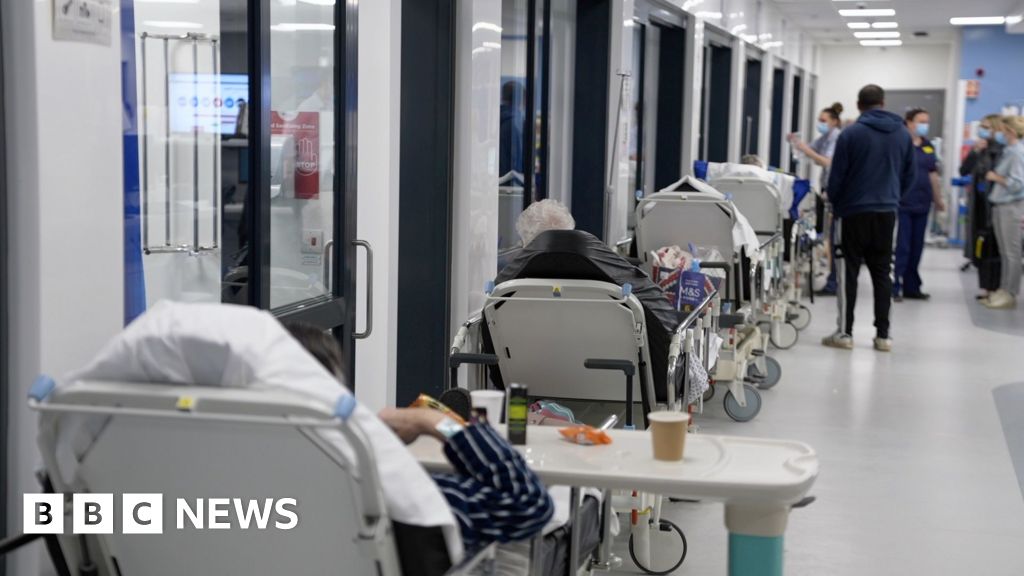Scientists led by a team at Duke-NUS Medical School have made a breakthrough in understanding the mechanisms that influence cancer cell growth and development. Publishing in the Journal of Clinical Investigation, the researchers illuminate the previously hidden role of a novel enzyme, called fatty acid hydroxylase domain containing 2 (FAXDC2), revealing its pivotal role in cholesterol synthesis and cancer progression.
The study details the cascade of molecular events beginning from the suppression of FAXDC2 to the disruption of normal cholesterol synthesis to altered cancer fates, highlighting a potential vulnerability in cancer cells that could be targeted for therapeutic intervention.
“Our journey into the cellular drivers of cancer started with an exploration of the Wnt signalling pathway, a crucial player in cell growth and development,” explained Assistant Professor Babita Madan, first author of the study from Duke-NUS’ Cancer & Stem Cell Biology (CSCB) Programme. “It was during these studies that we stumbled upon the enzyme FAXDC2, which emerged as a central figure in controlling cancer and stem cells. Our discovery suggests that FAXDC2’s activity, or its suppression, has profound implications for cellular growth and differentiation, painting a complex picture of the relationship between cancer biology and cholesterol synthesis.”
The research began with a deep dive into the Wnt signalling pathway, known for its critical role in the regulation of both normal and cancer cell growth. Wnt signalling is a key signalling pathway that regulates growth and development and maintaining brain, skin, hair and intestinal cells. However, hyperactive Wnt signalling — present in the cancer models employed in the study — impairs cell differentiation and keeps the cancers in a stem cell-like state. These undifferentiated cancer stem cells proliferate rapidly and uncontrollably, promoting faster tumour progression, and are resistant to anti-cancer therapies.
Employing cutting-edge genomic technologies to unravel this complex biological process, the scientists’ attention was drawn to the enzyme FAXDC2 when they found it increased dramatically after pancreatic cancer models were treated with a made-in-Singapore Wnt inhibitor, ETC-159. In-depth analyses of colorectal cancer tissue samples corroborated this finding, showing a consistent pattern of FAXDC2 suppression and subsequent buildup of cholesterol precursors, including a building block of cholesterol called lophenol. The lower the FAXDC2 expression, the higher the level of lophenol.
“FAXDC2 is a previously unknown enzyme that helps make cholesterol from the precursor lophenol. Importantly, how much FAXDC2 you have in your cells changes the amount of lophenol you have,” explained Professor David Virshup, Director of the CSCB Programme and the senior author of the study. “Lophenol appears to modulate the activity of the differentiation pathway and, therefore, we think it helps to keep cancer cells in a more stem cell-like state.”
Prof Virshup emphasised the broader implications of these insights, saying, “This study provides a fascinating glimpse into the molecular machinery of cancer cells. The role of FAXDC2 in regulating cholesterol synthesis opens new pathways for future therapies. Understanding these complex mechanisms paves the way for innovative approaches to combat cancer, emphasising the importance of cholesterol biosynthesis intermediates as important signalling molecules and potential drugs.”
The discovery of FAXDC2’s role in cancer biology marks just the beginning of a longer scientific journey. Further research is necessary to fully understand how the suppression of FAXDC2 and the resulting changes in cholesterol metabolism can be leveraged to develop new cancer therapies. The research team is keen on exploring the therapeutic potential of targeting FAXDC2 in cancer treatment, considering it as a possible avenue for the development of drugs that could inhibit cancer growth by modulating cholesterol synthesis pathways.
Additionally, the findings spur interest in preventative strategies that could mitigate the risk of cancer development by maintaining the balance of cholesterol precursors in the body. Understanding the triggers that lead to the suppression of FAXDC2 in cancer cells could pave the way for novel prevention methodologies, potentially offering new hope in the fight against cancer.
“These findings resonate with our unwavering commitment to improving patient care through pivotal discoveries,” commented Professor Patrick Tan, Senior Vice-Dean for Research at Duke-NUS. “The road ahead involves rigorous research and collaboration across various disciplines, all aimed at translating these fundamental insights into tangible medical breakthroughs that could one day transform cancer treatment and prevention strategies.”


